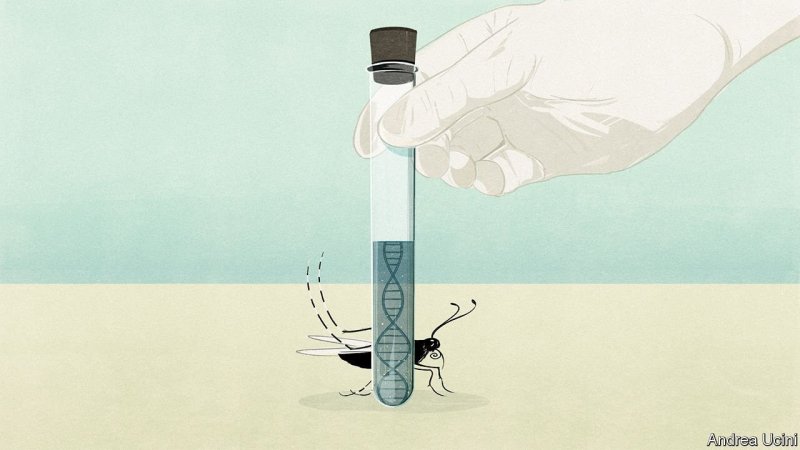By exerting control over the degree of spread, those who unleash gene drives may realize the benefits promised by gene drives—the suppression of disease-carrying or crop-destroying insects—while minimizing the risks that unintended genetic changes could occur that would lead to undesirable ecological outcomes.
A gene drive engineered to allow for a high degree of control was recently introduced by scientists based at the University of California, San Diego (UCSD).
…
While classic gene drives are designed to spread autonomously, the newly developed system, a split-drive system, is designed with controls that separate the genetic implementation processes. The split-drive system consists of a non-spreadable Cas9 component inserted into one location in the genome and a second genetic element that can copy itself—along with a beneficial trait—at a separate site.
When both elements are present together in an individual, an “active gene drive” is created that spreads the element carrying the beneficial trait to most of its progeny. Yet, when uncoupled, the element carrying the beneficial trait is inherited under typical generational genetics rules, or Mendelian frequencies, rather than spreading unrestrained.
By creating slight fitness costs that eventually eliminate the Cas9 enzyme from the population, the split-drive system vastly increases control and safety of the genetic deployments.































